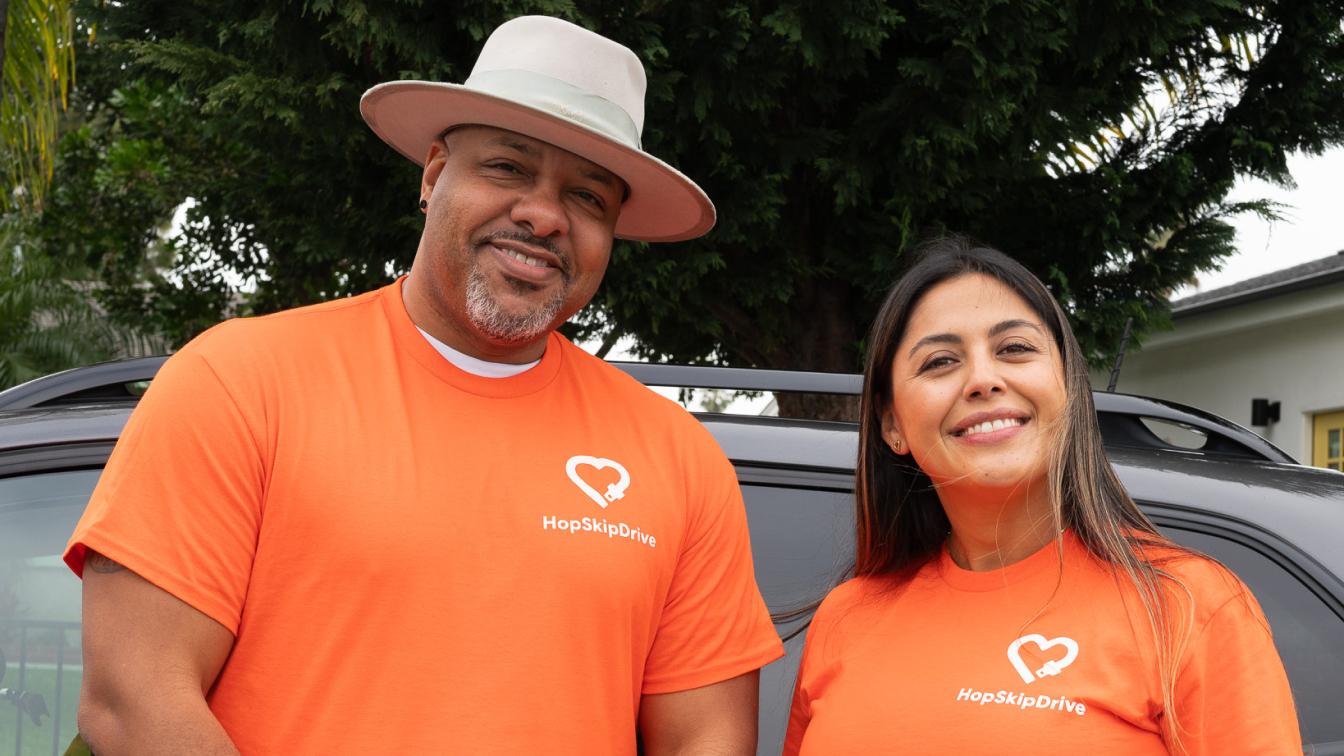Coronavirus Aid, Relief, and Economic Security (CARES) Act for Education: The Basics
On Friday, March 27, the president signed the Coronavirus Aid, Relief, and Economic Security Act (CARES Act), a $2 trillion package that includes a wide range of funding and policy measures to respond to the coronavirus outbreak.
Benefits include increased unemployment assistance, financial help for individuals families (based on income), and the extension of unemployment benefits to independent contractors.
It also addresses the early care, education, and emergency housing needs of children and families in need.
There’s a lot of information in this bill, so we broke down the education-specific portion of the CARES Act for you
For K – 12 Education
Protects McKinney-Vento educational rights
Youth experiencing homelessness retain all educational rights under the current federal law.
CARES Act authorizes the Secretary of Education to waive various sections of the Elementary and Secondary Education Act related to assessments, state plans, and allocation of funding.
It does not authorize the Secretary to waive the education subtitle of the McKinney-Vento Act:
Local educational agencies still reserve funds for homeless students under Title I, Part A.
State and local educational agencies are required to serve children with disabilities who are experiencing homelessness; or unaccompanied homeless youth’s status as independent students for financial aid under the Higher Education Act.
Local educational agencies still reserve funds for homeless students under Title I, Part A.
State and local educational agencies are required to serve children with disabilities who are experiencing homelessness; or unaccompanied homeless youth’s status as independent students for financial aid under the Higher Education Act.
Funds can be used for activities authorized under the education subtitle of the McKinney-Vento Act, including outreach and service delivery to meet the needs of students experiencing homelessness. These activities include:
Planning for and coordinating how to provide meals and technology.
Planning for and coordinating how to provide meals and technology.
Purchasing educational technology (including hardware, software and connectivity) for students.
Mental health services and supports.
Ensuring access to summer learning and supplemental afterschool programs for students experiencing homelessness.
Elementary and Secondary School Emergency Relief Fund
provides $13 billion to State Educational Agencies (SEAs)
This will be distributed to SEAs based on Title I, Part A formula.
At least 90% of these funds must be awarded to local educational agencies (LEAs), also based on the Title I Part A formula.
The U.S. Department of Education must issue a notice inviting applications from SEAs within 30 days, and must approve or deny applications not later than 30 days after receipt.
Governors Emergency Education Relief Fund
provides $3 billion to states
This is based on a combination of the number of individuals ages 5-24 (60% of the formula) and the number of children who are eligible under Title I, Part A (40% of the formula).
This is for emergency grants to LEAs, and to institutions of higher education, that are most significantly impacted by coronavirus, for emergency educational services to support their ability to continue to provide educational services and their on-going functionality.
The U.S. Department of Education (ED) must issue a notice inviting applications from states within 30 days, and must approve or deny applications not later than 30 days after receipt.
For grants to any other LEAs, institutions of higher education, or education-related entities the Governor deems essential for carrying out emergency educational services , for activities authorized under Elementary and Secondary Education Relief fund (which include McKinney-Vento Act uses), the Higher Education Act, and child care and early childhood education, social and emotional support, and protection of education-related jobs.
In addition:
Early Childhood and Child Care Funding
$3.5 billion for the Child Care and Development Block Grant.
$750 million for Head Start.
Housing and Homelessness Assistance
Evictions and Foreclosures
Eligible landlords who receive forbearance of mortgage payments on rental properties (available for 90 days) can’t evict renters or charge late fees or penalties for nonpayment of rent.
Federally-backed mortgages cannot be put in foreclosure until at least May 17, 2020.
Emergency Funding
$25 million for Runaway and Homeless Youth Act grants to supplement existing funds, without matching requirements. The Runaway and Homeless Youth Act authorizes community-based runaway and homeless youth projects to provide temporary shelter and care to runaway or otherwise homeless youth who are in need of temporary shelter, counseling, and aftercare services.
$4 billion for Emergency Solutions Grants (ESG). Individuals considered to be at “at risk of homelessness” are eligible for prevention activities funded under ESG.
$5 billion in Community Development Block Grants which can be used for rental assistance. This may address needs such as infrastructure, economic development projects, public facilities installation, community centers, housing rehabilitation, public services, clearance/acquisition, microenterprise assistance, code enforcement, homeowner assistance, etc.
$1.25 billion in Tenant-Based Rental Assistance (TBRA). These funds can be used to provide direct assistance to low-income households who need help paying their rent.
$1 billion in Project-Based Rental Assistance (PBRA).
Food Assistance
$8.5 billion for Child Nutrition Programs.
$15.5 billion for Supplemental Nutrition Assistance Program (SNAP).
$450 million for the Emergency Food Assistance Program (TEFAP).
To read the full legislation, click here.



